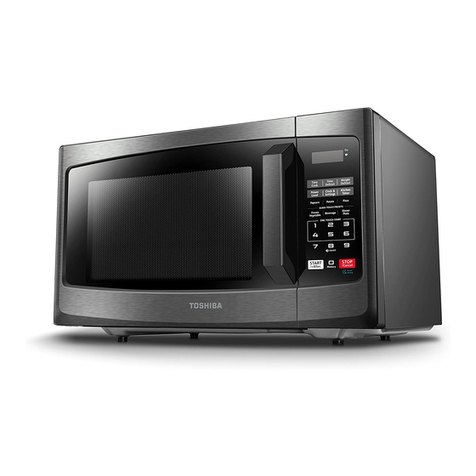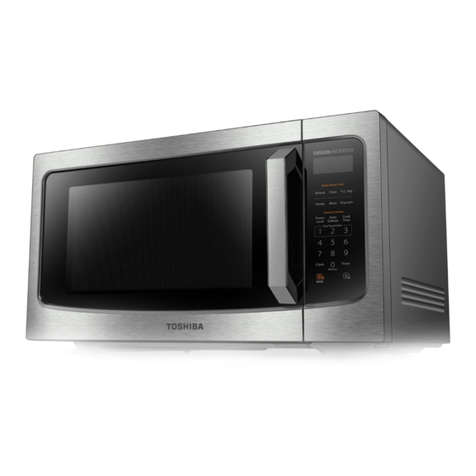Toshiba ER-1010ETE User manual
Other Toshiba Microwave Oven manuals

Toshiba
Toshiba EC0P042SV-SSHA User manual
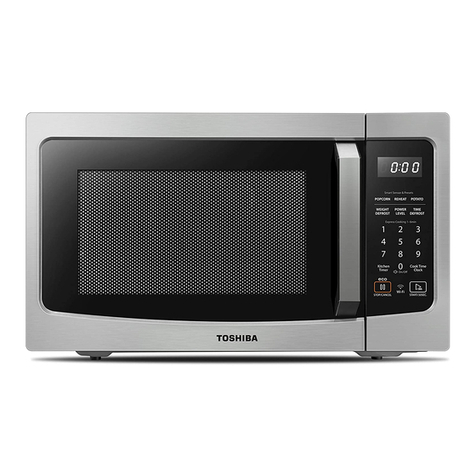
Toshiba
Toshiba ML-EM45P User manual

Toshiba
Toshiba MW2-AC25T User manual
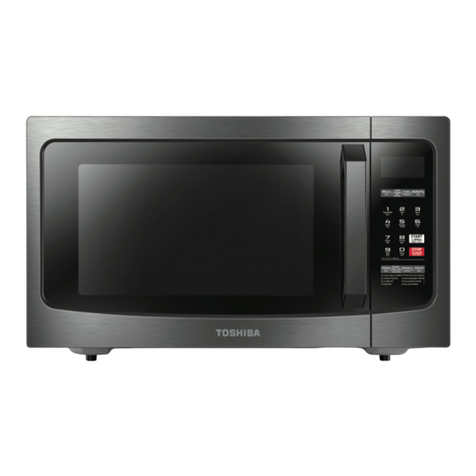
Toshiba
Toshiba ML-EC42S(SS) User manual
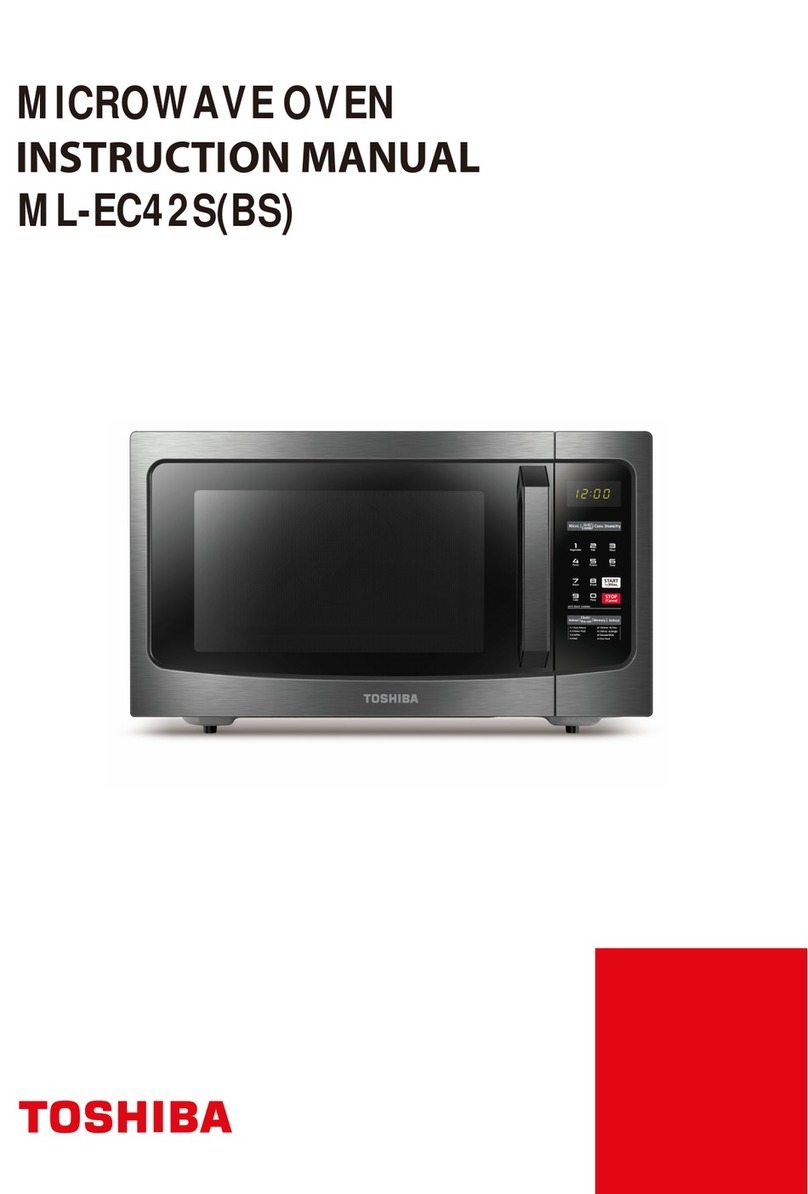
Toshiba
Toshiba ML-EC42S User manual
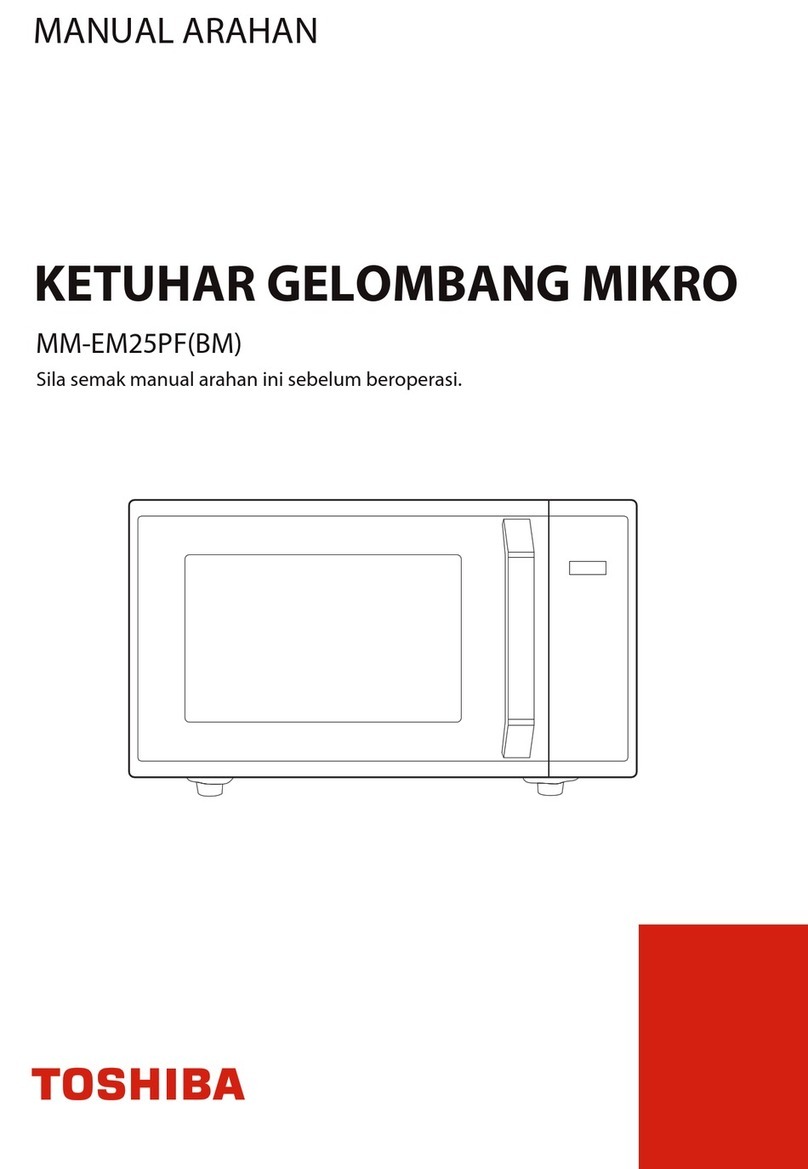
Toshiba
Toshiba MM-EM25PF User manual

Toshiba
Toshiba MW2-AC25TF(BK) User manual
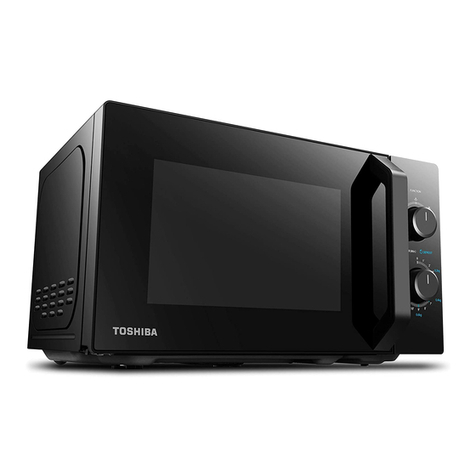
Toshiba
Toshiba MW2-MM20PF User manual

Toshiba
Toshiba ML2-EM09PA User manual
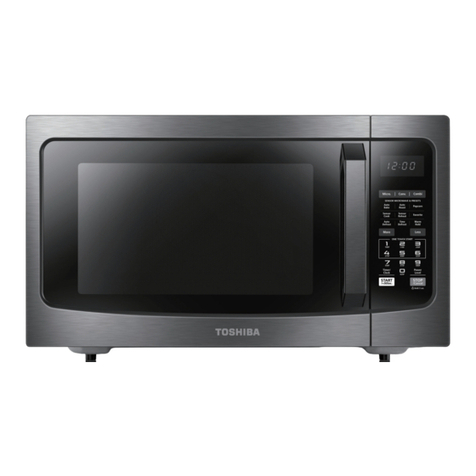
Toshiba
Toshiba EC042A5C-BS User manual
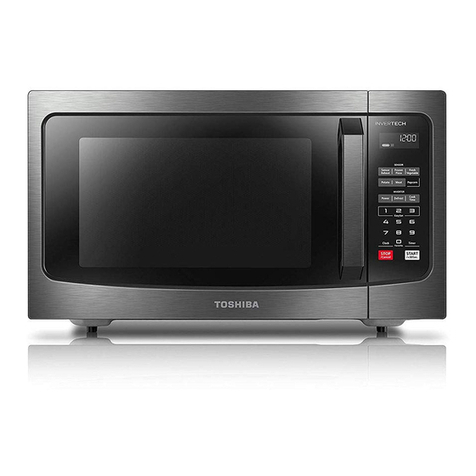
Toshiba
Toshiba EM245A5C-BS User manual

Toshiba
Toshiba EM128A2EC-ESHA0L User manual

Toshiba
Toshiba MV-AM20T(BK) User manual

Toshiba
Toshiba ML-EG42P User manual

Toshiba
Toshiba EC042A5C-BS User manual

Toshiba
Toshiba MM-EM20PWH User manual

Toshiba
Toshiba EM245A5C-BS User manual

Toshiba
Toshiba ER-TD5000HK User manual
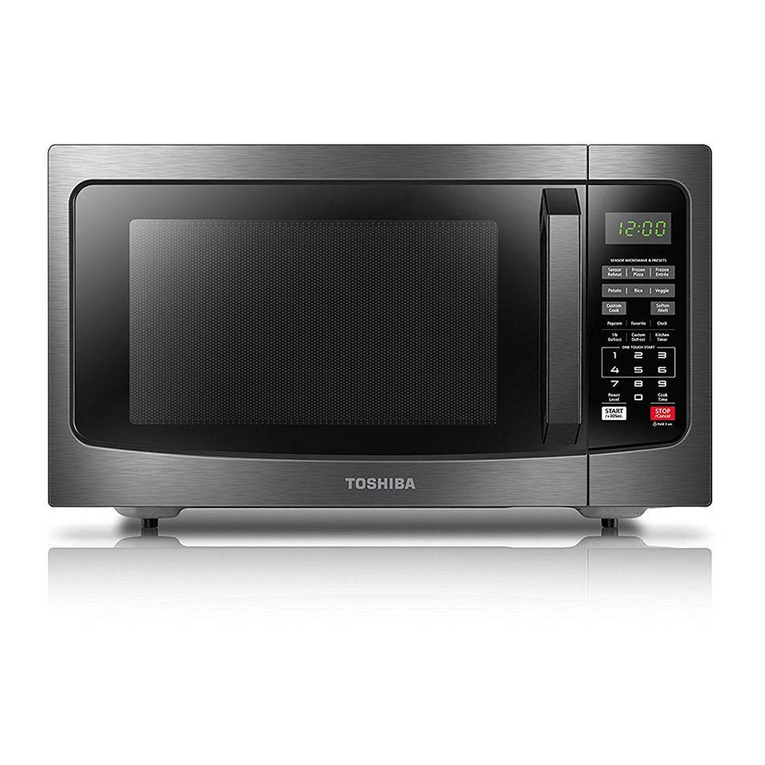
Toshiba
Toshiba EM131A5C-BS User manual

Toshiba
Toshiba MWP-MG20PWH User manual
Popular Microwave Oven manuals by other brands

Conrad Electronic
Conrad Electronic 2372935 operating instructions

GE
GE Spacemaker JVM1440BH datasheet

DAEWOO ELECTRONICS
DAEWOO ELECTRONICS KOR-6L8K5S83 Operating instructions & cook book

DAEWOO ELECTRONICS
DAEWOO ELECTRONICS KOR-1N5A9S Operating instructions & cook book

Daewoo
Daewoo KQG-6617G Operating instructions & cook book

Samsung
Samsung M1779 Owner's instructions
